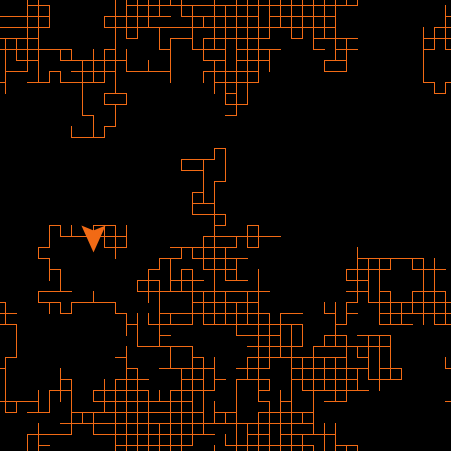

I played Wildfrost too (Bertie here again), lured in a similar way to Liv, and from various recommendations from people I bumped into at EGX - there seemed to be a lot of buzz about Wildfrost. I'd also like to give a shout-out to the member of staff running the booth that told me to wear the headphones - the music was delightful! Thank you for sharing the concept art for the instruments with me too! I'll also probably choose Snoof to be my companion whenever possible because he's the bestest snow doggo. I can't wait to discover the different clans, abilities, and charms that I'll be able to experiment with. I'm really looking forward to playing this when it releases. This adds a turn-based flavour and it took me a moment to adjust to that mindset of strategic thinking.

Each unit has its own set of actions it can make once its counter runs down to zero, after which it'll reset to its original value. Rather than energy costs to play cards, only one card per round can be played. The other big change Wildfrost makes to gameplay is the counter system. I also appreciate being able to recall any unit other than your leader to heal them before sending them back out onto the battlefield. In particular, I really enjoyed the emphasis on card placement on the battlefield and the freedom to move any of your unit cards around at any point. I feel like Wildfrost takes Slay The Spire, adds the best parts of Monster Train and then adds its own fresh twists. I love me some good deck-building, Rogue-like gameplay and I was not disappointed. I went to check this out after it was described to me as a Slay The Spire-like. Fortunately, LakeSide entered Steam Early Access this week so now there's more time to find out. The test will come, I think, when you run out of space, which didn't happen before the demo ran out for me. There are various things like fires and natural disasters, and sudden migrant arrivals that stretch you further, but if you keep on top of objectives - 'build X' - and reach milestone population amounts, you should unlock the buildings you need to drive you forward. It also behaves a bit like a survival game with a turbo-charged clock, where years pass like seconds and you can find yourself game-overing quickly if you don't keep up with housing or food or your city's other demands. To begin with, it's side-on, meaning it's a city-builder you can only build in two dimensions in, and, as you're on an island, this severely limits your available space. But LakeSide has some bold ideas of its own.

I have now accepted that any pixel art game will turn my head, and I also realise I am fond of city-builders. And here, in no particular order, they are. Amazing what one simple change can do.īut plenty of other games caught our eye too. One of the most eye-catching instalments was a pool table with an enormously warped corner, curving up into the air, and which made playing it feel completely different to normal. And many of us were there, walking the halls, hosting quizzes (thank you if you came to one), and playing games.Īnd what games there were: big ones, small ones, old ones, new ones. There was a nice buzz about EGX London this past weekend, a whiff of positivity about it, at people being back together, relatively unimpeded by the pandemic and playing games together again. Considering both theories together in a single model sheds light on their underlying tensions and exposes instabilities that Smith did not anticipate.Transparency alert: EGX is run by Eurogamer owner ReedPop. Although they share many basic assumptions, Smith’s works leave important questions unanswered: Theory of Moral Sentiments offers a strong model of how social norms consolidate but lacks a coherent explanation for how norms change over time, and, on the other side, Wealth of Nations does not account for the influence of social norms on commercial transactions nor for the durability of seemingly irrational norms in a context of market competition. This study uses an agent-based model to combine Smith’s theories, exploring how social norms affect economic behavior, and vice versa. Reconciling these apparently contradictory views is known as the Adam Smith Problem. However, his earlier book, The Theory of Moral Sentiments (1759), placed sympathy and benevolence at the center of human social psychology. In An Inquiry into the Nature and Causes of the Wealth of Nations (1776), he argued that market behavior was dictated primarily by self-interest. During his lifetime, Smith published two books. This paper uses agent-based modeling to investigate the philosophy of Adam Smith.


 0 kommentar(er)
0 kommentar(er)
